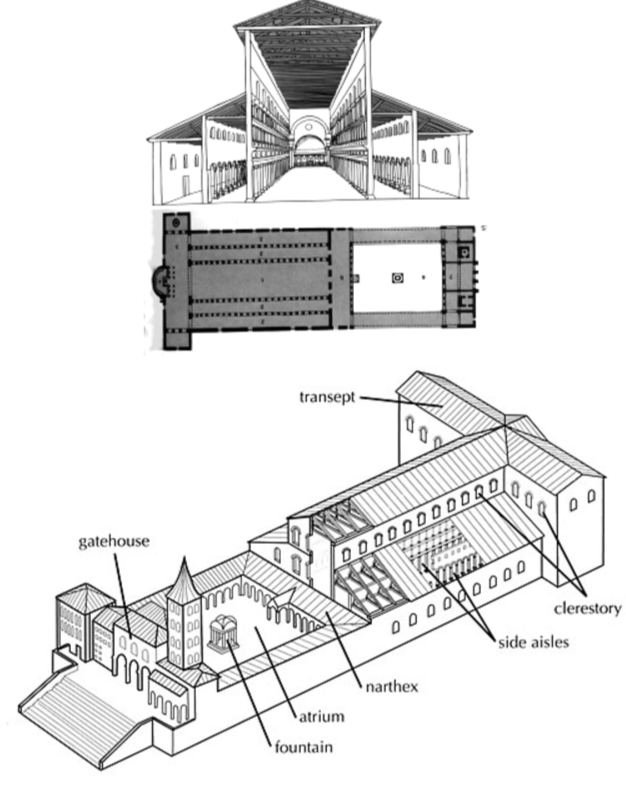Hey, Hollywood, this queer woman should be the subject of your next biopic
Alla Nazimova created 'sewing circles' for lesbians in Classic Hollywood

Twitter
Queer Russian actor Alla Nazimova
It’s LGBT History Month in the United States and it’s got me thinking about all the amazing queer figures that have come before. Hollywood loves their biopic movies — they’re usually great Oscar fodder, true stories are appealing, and it’s fun watching celebrities pretend to be historical figures.
There’s no point asking why there aren’t as many biopics of queer figures. We all know the answer and this is not the article to discuss Hollywood’s diversity problems.
This is the article to talk about one historical queer figure and why she should be the next subject of one of the great Hollywood biopics. After all, the times they are — well, hopefully — a-changin’.












